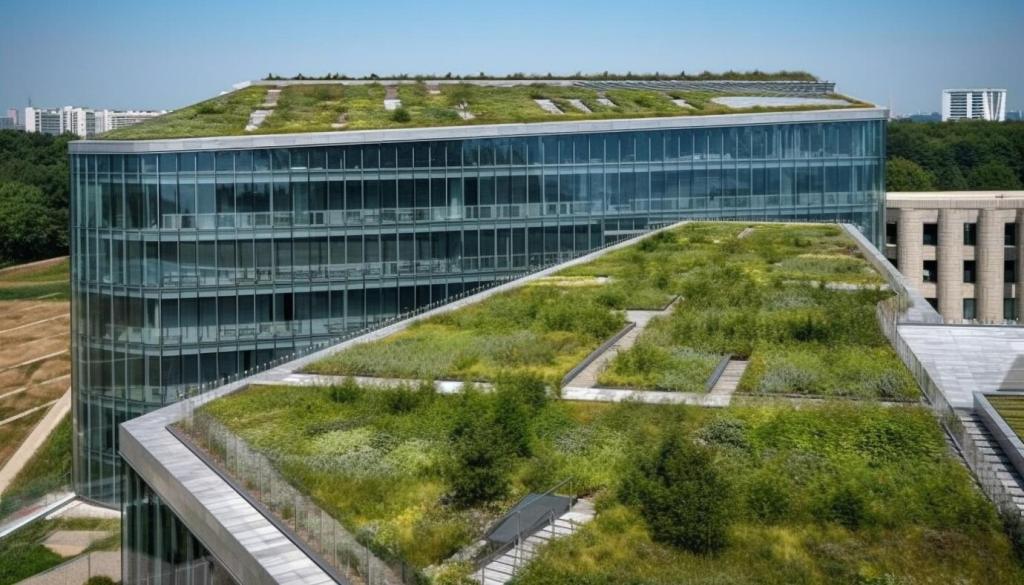Energy-Efficient Building Materials for Today's Homes
Creating modern homes that are both comfortable and environmentally friendly starts with the choice of building materials. Energy-efficient materials not only reduce utility bills but also promote sustainability, increase property value, and contribute to healthier indoor environments. Today’s homeowners and builders are increasingly turning to innovative products designed to minimize energy consumption while maintaining aesthetic appeal and structural integrity. Understanding these materials, their benefits, and their applications is key to making informed decisions in new constructions or renovations.


Spray foam insulation provides an airtight barrier, sealing gaps and cracks that traditional insulation can miss. Its unique ability to expand into tight spaces makes it exceptionally effective at minimizing air leakage, which is a major source of energy loss in homes. Not only does it deliver superior thermal resistance, but it also contributes to moisture control and improved indoor air quality. Homeowners benefit from lower energy bills and increased comfort, with an added bonus of improved sound insulation.

Rigid foam boards are increasingly popular for their impressive insulating abilities and versatility. These boards are made from materials like polyisocyanurate, extruded polystyrene, or expanded polystyrene and are commonly used in walls, roofs, and foundation systems. They create a continuous thermal barrier, minimizing heat transfer and helping homes maintain steady indoor temperatures. In addition to energy performance, their water resistance makes them ideal for use in basements or damp environments, protecting both structure and comfort.

Insulated concrete forms, or ICFs, represent a cutting-edge approach to constructing energy-efficient walls. They consist of foam panels or blocks that serve as permanent forms for poured concrete walls. When assembled, ICFs provide high thermal mass and continuous insulation, resulting in walls that are exceptionally resistant to heat flow. The end result is a home that boasts superior temperature regulation, reduced energy demands, and enhanced durability, even in challenging climates.
Low-E Glass Technology
Low-emissivity (Low-E) glass is revolutionizing window performance by significantly limiting the amount of heat that passes through glass panes. A special microscopically thin coating reflects infrared energy, keeping heat outside during summer and indoors during winter. This technology not only stabilizes household temperatures but also filters ultraviolet rays, protecting furniture from fading and improving overall indoor comfort. For homeowners, Low-E glass translates to noticeable energy savings and longer-lasting interiors.
Energy-Efficient Door Materials
Energy-efficient doors are constructed from advanced materials such as fiberglass composites, steel with insulated cores, and engineered wood. These materials offer better insulation properties compared to traditional wood doors, reducing heat exchange and air infiltration. Additionally, many of these doors feature weather-stripping and tight-fitting frames to further limit energy loss. By upgrading to high-performance doors, homeowners benefit from reduced drafts, lower heating and cooling costs, and enhanced security.
Multi-Pane Window Systems
Multi-pane or insulated window systems use two or more glass layers separated by air or inert gas, such as argon, to form a powerful thermal barrier. These windows significantly outperform their single-pane counterparts in reducing heat transfer, noise pollution, and condensation. The design traps dead air space, which serves as insulation, leading to improved comfort and noticeable reductions in energy use. Upgrading to multi-pane windows is a smart investment for both new construction and replacements, offering long-term benefits in comfort and efficiency.

Previous slide
Next slide
Join our mailing list
